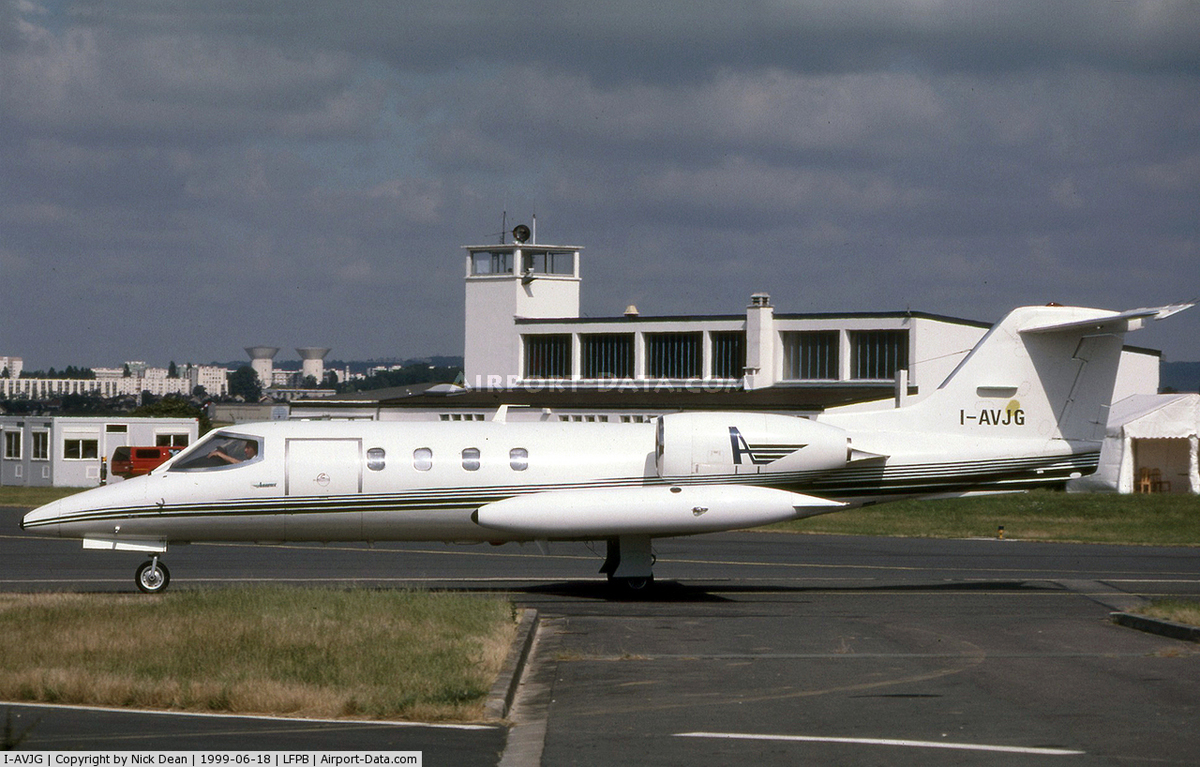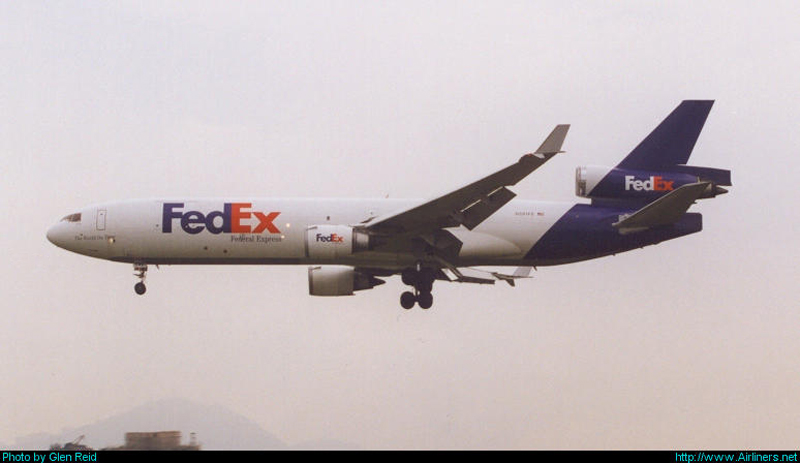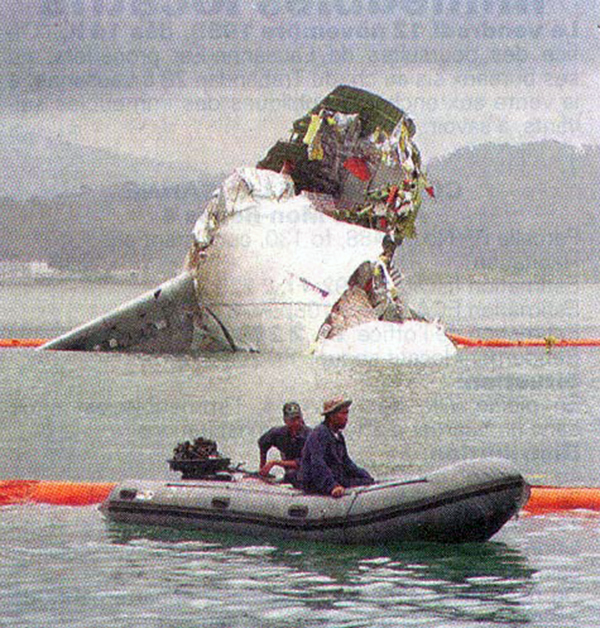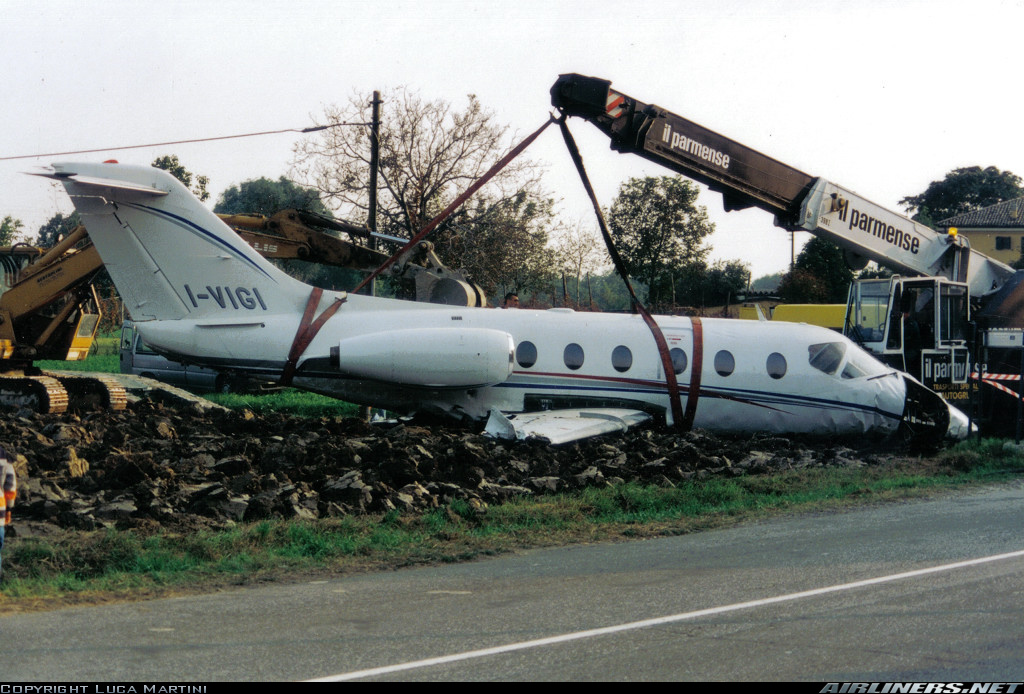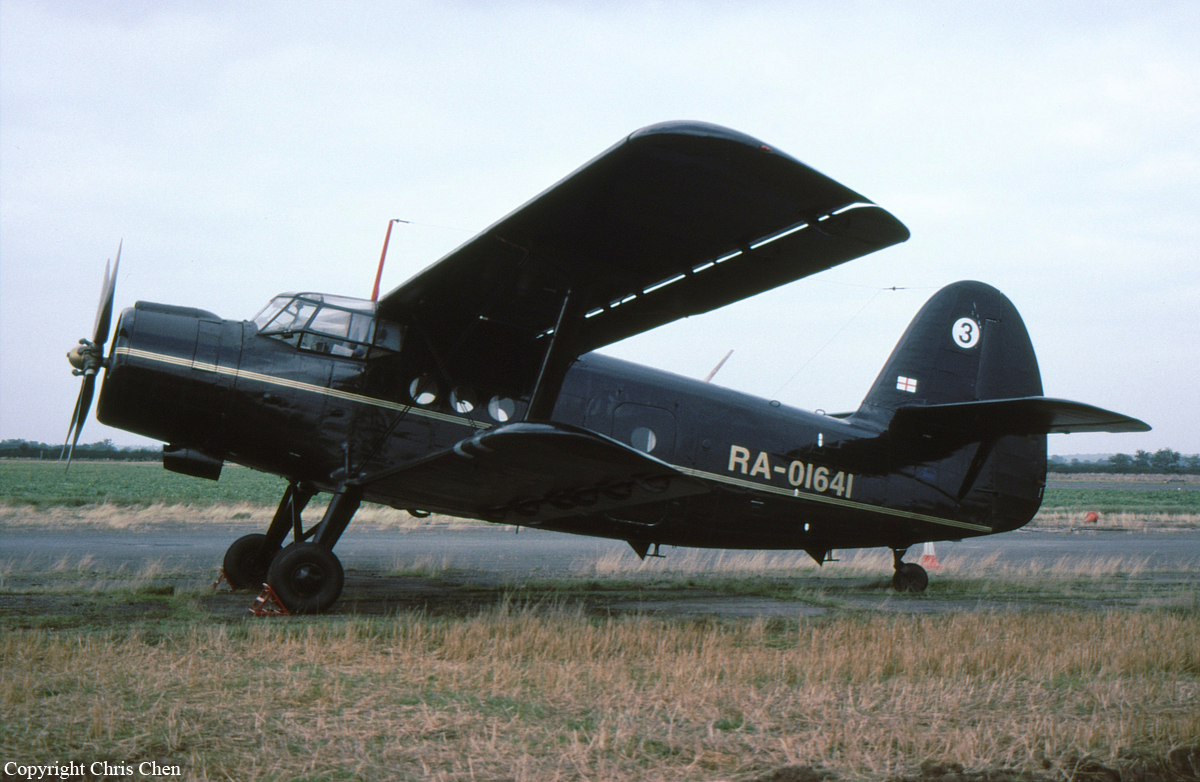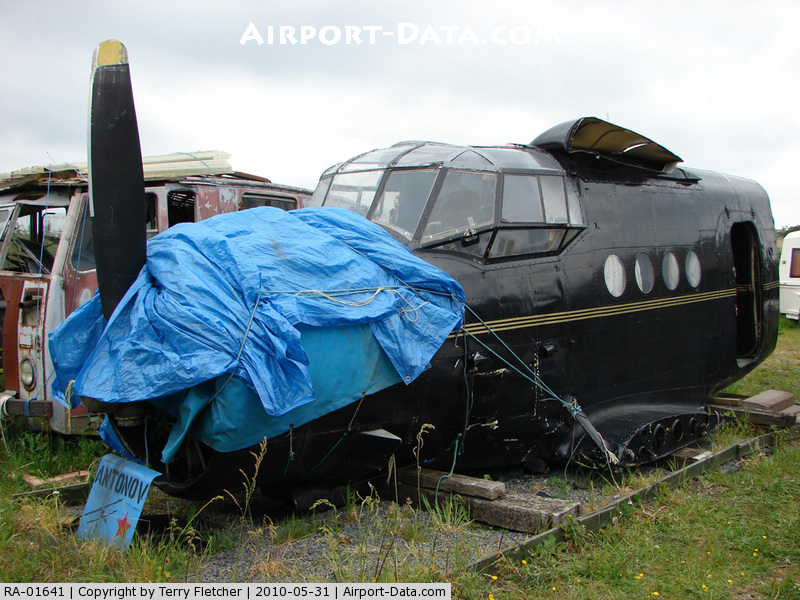Crash of a Learjet 35A off Genoa: 3 killed
Date & Time:
Oct 24, 1999 at 1015 LT
Registration:
I-AVJG
Survivors:
No
Schedule:
Milan - Genoa
MSN:
35-189
YOM:
1978
Crew on board:
2
Crew fatalities:
Pax on board:
1
Pax fatalities:
Other fatalities:
Total fatalities:
3
Circumstances:
The aircraft was completing a charter flight from Milan to Genoa with two pilots and one passenger on board, the Director of an Italian Company working for Coca Cola. On approach to Genoa-Cristoforo Colombo Airport, the crew encountered poor weather conditions with low clouds and rain falls. Due to insufficient visibility, the crew initiated a go-around procedure. Few minutes later, while completing a second attempt to land, the aircraft descended too low and crashed in the sea some 8 km short of runway. The aircraft was destroyed upon impact and all three occupants were killed.
